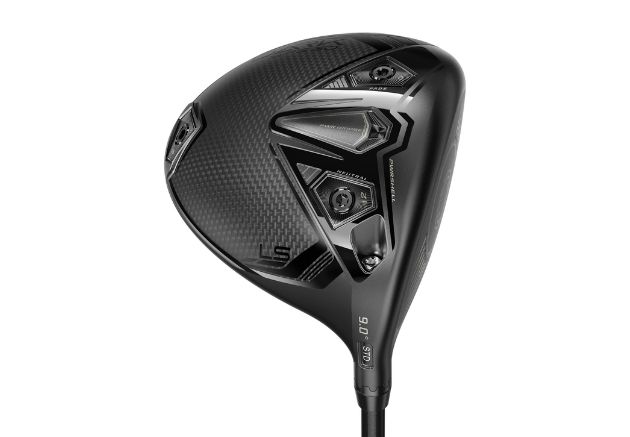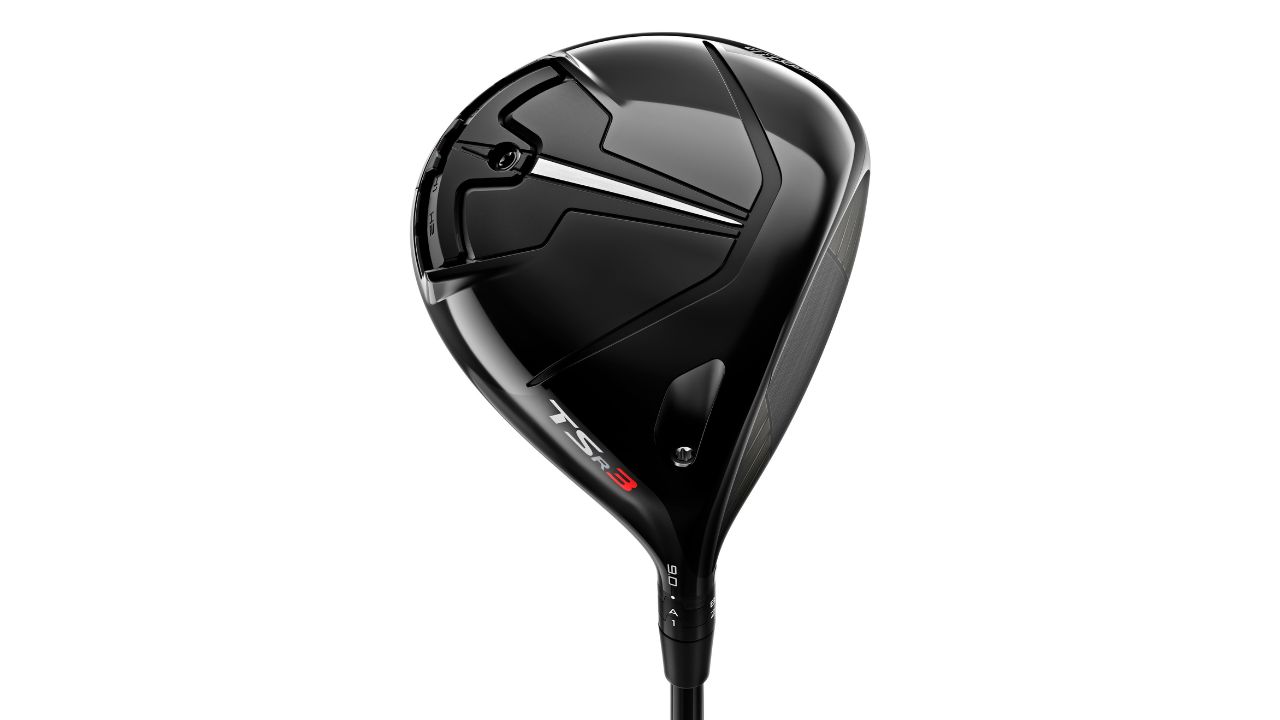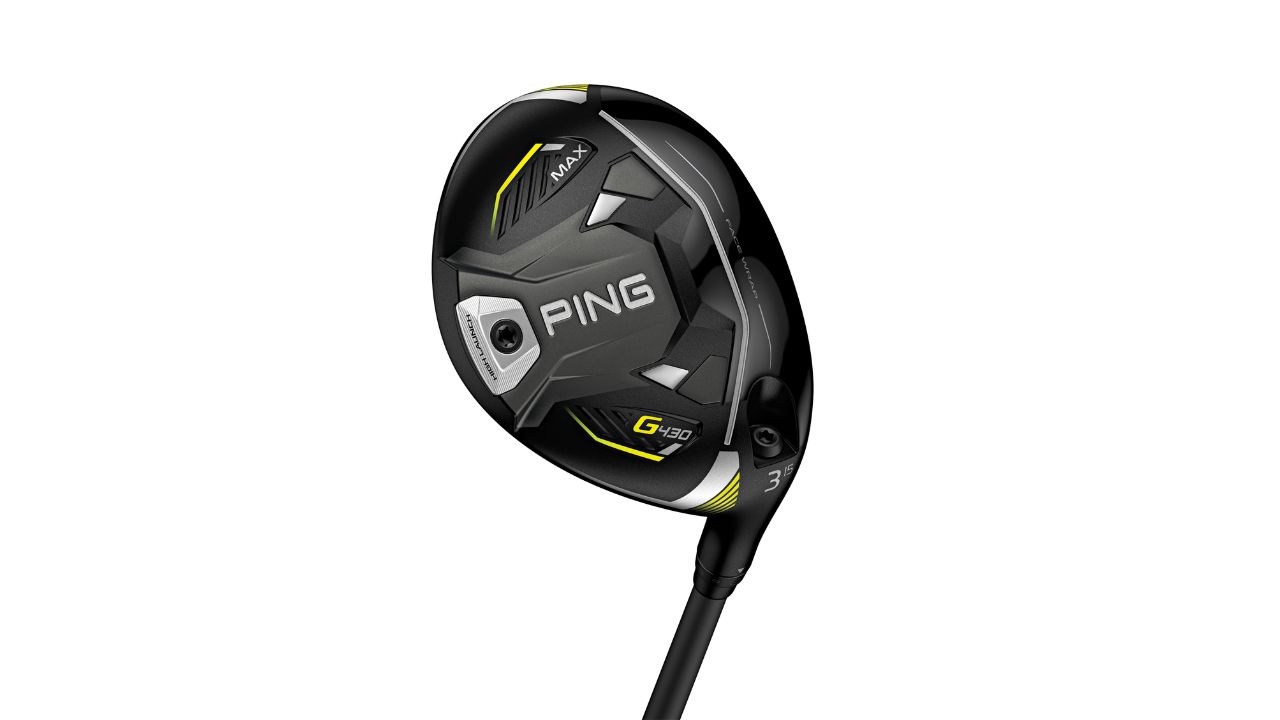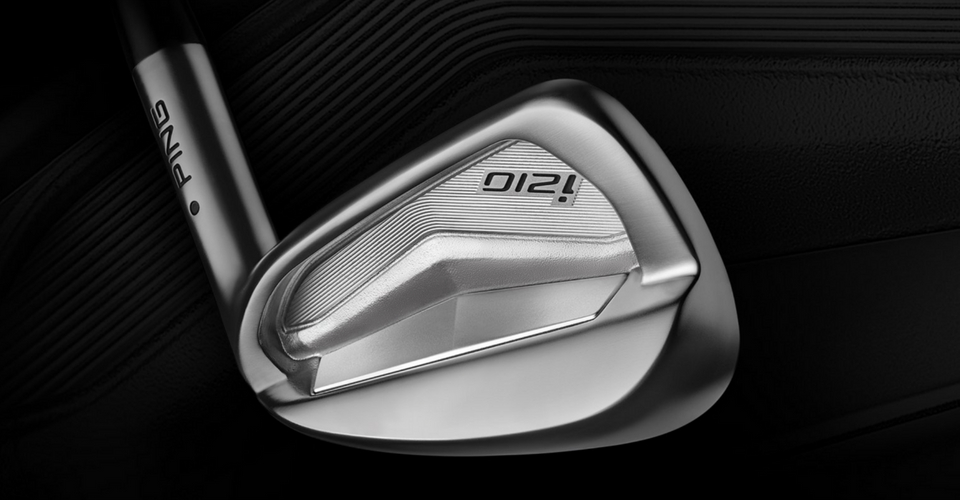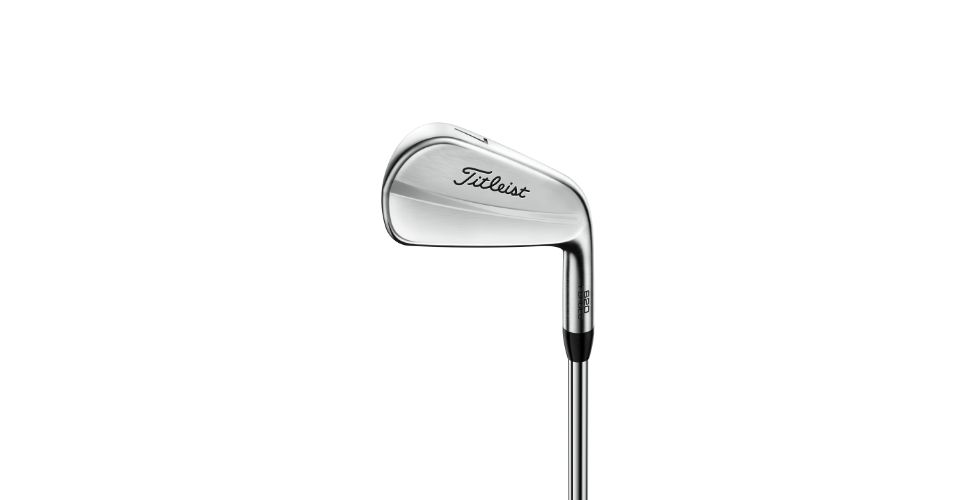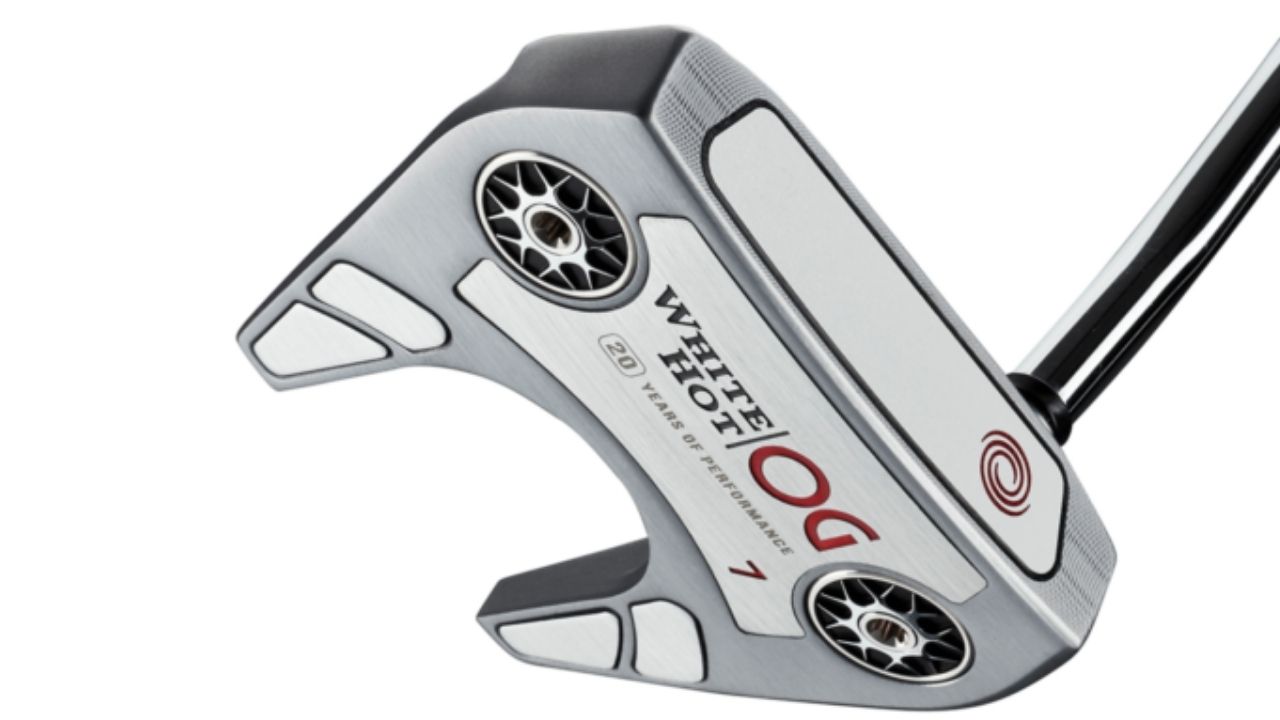At what point does a golf club fitting make sense? Many golfers believe that they need to have a consistent swing in order to be able to carry out a meaningful fitting analysis. However, even beginners can definitely benefit from a suitable golf club, prevent incorrect loading and avoid learning the wrong technique, thereby even accelerating their sporting development – after all, nobody would think of starting cycling with a bicycle that is far too big. Depending on the golfer’s physical requirements and their long-term goals, the club set will be perfectly tailored to them. In very few cases is a complete set of 14 clubs necessary at the beginning. It is better to have fewer clubs in the bag, but the right ones. True to the motto: quality before quantity.
The right time for a golf club fitting?
At HIO Fitting, we are often asked whether it makes sense to have a fitting immediately after you are ready to play golf or if you only have a few months of playing experience. Many players are concerned that their technique will change a lot and that they have not yet had enough experience on golf rounds. At this point, our HIO fitters can reassure all golf beginners: The level of golf they have reached initially has nothing to do with their decision to have a fitting.
Every passionate golfer can have a fitting analysis and benefit from customized clubs! Golf beginners or players with an average handicap often benefit more from a fitting analysis than professionals, as they are usually already very familiar with their equipment anyway. Of course, a fitting for beginners is not as detailed as a fitting for a top amateur with a single-digit handicap or even a professional. The focus of the fitting is more on fundamental considerations, for example the right bag composition: Which clubs are really necessary at the moment and which should perhaps be added to the bag later?
How does a beginner fitting work?
- Discussion of golfing goals
The first step is to discuss our customers’ golfing goals: How many times a month will they go to the range or out for a round? What is the target handicap? Are coaching lessons planned for the future? Do they already have ball sports experience? Do you plan to take part in golf tournaments in the future? All these factors help us to assess where our customers will be heading in the next few years.
- Static measurement of the body
In the second step, we analyze the existing physical conditions. We are particularly interested in age, height, arm length, hand size, existing physical problems and many other parameters. This is the only way we can ensure that the club is built in such a way that our customers can learn the golf technique neutrally and in a natural position, thus avoiding possible incorrect strain.
- Analysis of swing & technique
Our customers then hit a few balls onto a screen and we take a look at the player’s technical fundamentals. A launch monitor is used to measure club head speed, ball speed, flight height, distance and the current tendency of the flight curve. In this way, potential patterns in a swing movement can be identified and unfavorable tendencies, e.g. a slice, can be mitigated with the help of an adapted club. This measurement of the status quo is very important, as the next step involves testing various club components and comparing the distance, dispersion and other parameters between the old and new material. We also store this data in our database with the customer’s consent, so that this data can be used as a comparative value for a second fitting a few years later.
- Recommendation for a club combination
In the final step, our HIO fitters recommend a sensible set of clubs. At the beginning, for example, you can start with a “half set”, in which only three to four different irons are initially placed in the bag. In most cases, a transport club, a hybrid and a fairway wood or driver for the tee shot are also useful. Add to this the putter – and with 7 or 8 clubs you have a decent set to really get started with golf! Of course, you can buy a full set at the start of your golf career, but only in the rarest of cases are all 14 permitted clubs really necessary.
The most important thing with a set of clubs for beginners is that the club type, club head width, shaft (graphite, carbon or steel shaft) and grip match the body angles and swing technique. This is where we benefit from all the data collected during the fitting process from testing various material combinations.
With a beginner’s set, our HIO fitters always take into account that missing clubs can be added after a certain period of time and the current clubs can be further adjusted. The irons and wedges in particular can always be adapted to the current swing by bending and adjusting the loft and lie angle. This means that the club set can “grow” with the player’s development and does not have to be replaced every year or with every significant handicap improvement. This also applies to the driver, whose loft is usually adjustable. So if a beginner golfer’s swing patterns change and improve, we can readjust the club so that it is always perfectly adapted to the player.
Our conclusion
A club fitting is also useful for beginners! Especially in the early stages, there are many opportunities to optimally prepare the golfer and their equipment for the upcoming swing developments. During starter fittings, our fitting customers receive a lot of useful information about golf clubs, swing technique and training tips in just a short time.
We would be delighted to welcome you to a starter fitting at HoleInOne Fitting in Munich! Come along and find the perfect equipment for your swing together with us!
Text: HIO Fitting









